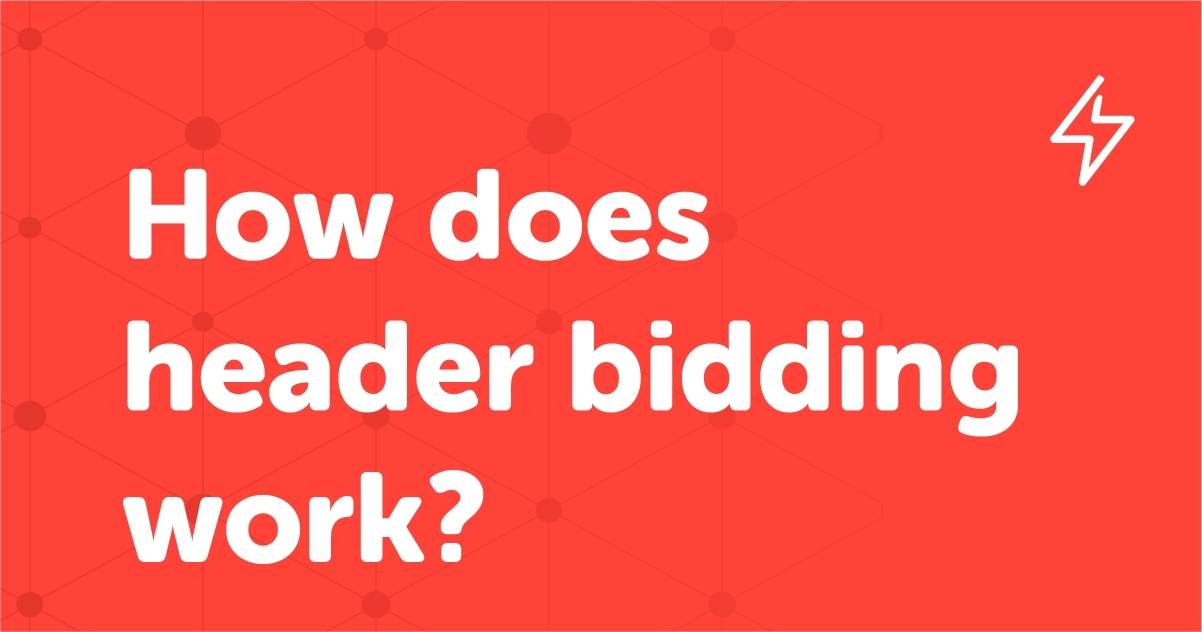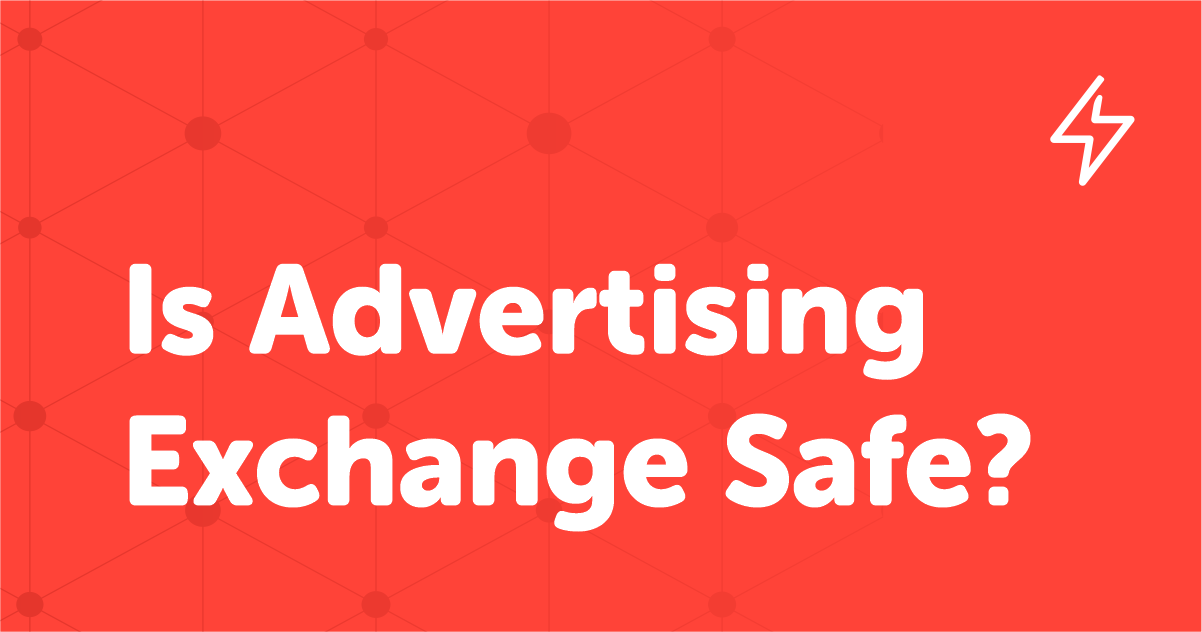Table of Contents
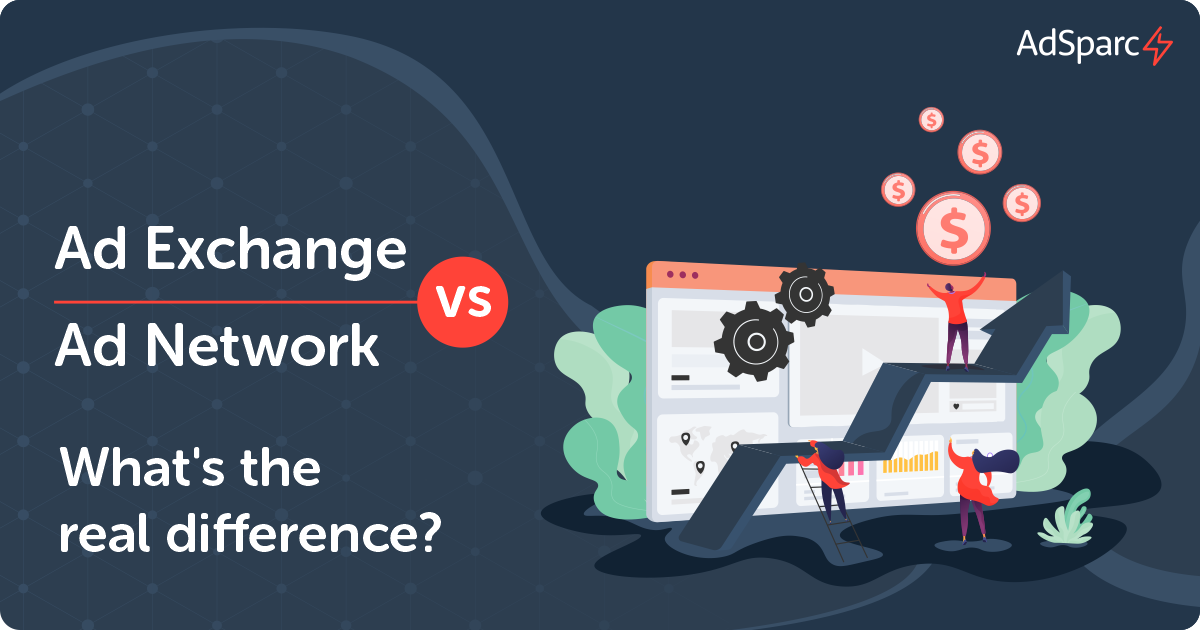
When one searches ‘ad exchange’, Google instantly auto suggests ‘Ad exchange vs. Ad network’ – that’s the rate of inquisitiveness people have around these two programmatic terms. Programmatic advertising is rising to thrilling heights with ad spending expected to accelerate to nearly $100 billion in 2022. If we look at the present programmatic ecosystem, there is no denying that a company’s success depends on the robust functioning of the programmatic advertising industry.
“Successful brands are those who understand the balance of story-telling & programmatic.” – James Harris, Global Chief Digital Officer at Carat. Today, marketers are pushing and investing more than 50% of their media budget into programmatic advertising. Understanding each programmatic ecosystem component is no longer optional if you want to earn more revenue and yield as a publisher. Understanding terms like Google AdX or double click ad exchange, Ad Network examples, Programmatic Ad Networks, Ad Exchanges vs. SSP, Ad Network vs. DSP, or Ad Network vs. Ad Exchange vs. DSP are now essential.
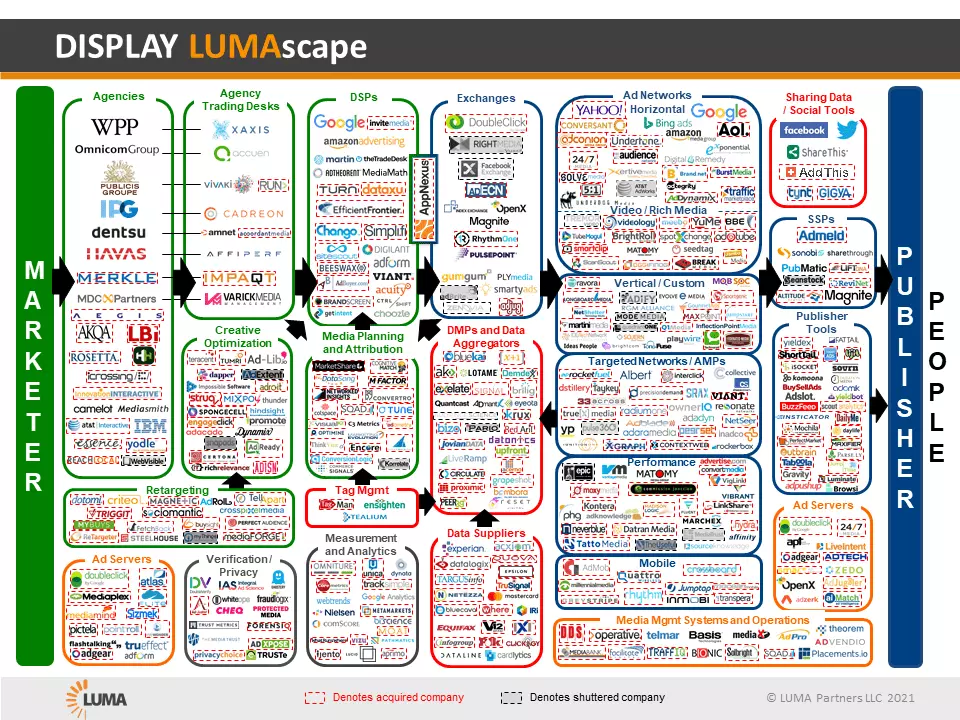
Source: https://lumapartners.com/content/lumascapes/display-ad-tech-lumascape/
There are more than 20 components in the programmatic ecosystem, and their ulterior motive is to support the two leading players – Publishers and Advertisers or Agencies! Today we will discuss two such crucial components that maintain the smooth functioning of the programmatic ecosystem – Ad network and Ad exchange! If we dive deep and unfold the layers of these two terms respectively, we will see that ad exchange and ad network share a similar objective – assembling publishers’ inventory to sell it programmatically to the right advertisers.
However, confusion arises when these two terms and their distinct roles in media buying are frequently used interchangeably. Despite their evident resemblances, ad networks and ad exchanges have distinctive functions in the programmatic ecosystem, and they operate differently. Further, in this blog, we will outline the key differences between the two terms to clear up the confusion and make your life a little easier!
The Rise of Ad Exchange and Ad Network
We all know that before programmatic advertising (automated selling and buying of online advertising) existed, there were traditional buying methods (manually trading of digital ads) – an extremely inefficient, time-consuming, and costly process involving a great deal of human interfacing. As an outcome, publishers were losing multiple revenue opportunities while advertisers were getting less exposure.
The Rise of Ad Networks:
As publishers grew their website significantly, it quickly became highly time-consuming for advertisers and publishers to engage manually in direct deals; that issue gave rise to ad networks. So, what is a Programmatic Ad Network? A Programmatic Ad Network is a company that acts as an aggregator, obtains inventory from numerous publishers, and trades it to advertisers or agencies. It acts as a middleman between publishers and advertisers, and other ad networks.
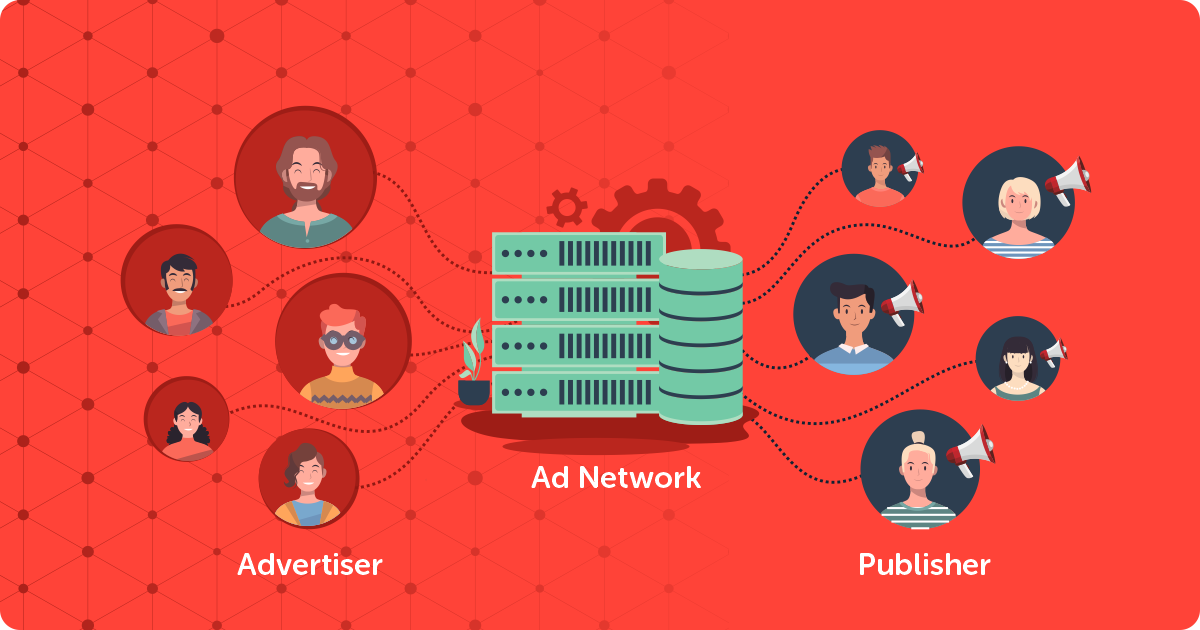
Its primary function is to aggregate the ad space supply from publishers and match it with advertiser demand. With this unique technology, advertisers no longer need to prepare and circulate or review proposals, negotiate with publishers, or agree on banner specifications. Advertisers can simply create their campaigns, upload banners, set campaign targeting, and the ad network takes care of the rest. Programmatic Ad Networks also offer a way for advertisers to coordinate ad campaigns across thousands of websites in an effective manner by reducing the operational cost of finding appropriate publishers and directly negotiating with them.
Nowadays, hundreds of Programmatic Ad Networks are available online; the most significant ad network is the Google Display Network. Most of the ads on the web or YouTube are served via the Google Display Network (GDN). Ad networks typically offer two different platforms to their clients—one designed for advertisers and another for publishers. Let us share an example; when it comes to Google’s network, advertisers use Google Ads to build and manage advertising campaigns. At the same time, publishers use the Google AdSense platform to create ad spaces on their websites and sell them.
However, media buying became complicated due to the easy availability of multiple ad networks and their unique portfolio. Especially when advertisers using Google Ads could only show ads to publishers using the Google AdSense platform. If those advertisers want to display ads to the open-source ad network, they need to create new campaigns within the open platform. This situation is not ideal as it duplicates the work for advertisers just to show ads on more networks.
The main ineffectiveness of using multiple ad networks is that an advertiser could reach the same audience more than once, unable to control how many times the ad could appear to the same user—showing more ads to users than necessary leads to spending more money for no significant benefit.
The Rise of Ad Exchanges:
The inefficiencies of ad networks that we covered earlier gave rise to a brand-new online advertising marketplace called the Ad Exchange. Now, what is an Ad Exchange? An Ad Exchange is an automated marketplace where supply and demand parties (including publishers, advertisers, ad networks, DSPs, SSP, DMP, and more) buy and sell inventory directly without involving an intermediary using real-time bidding technology (RTB). It allows advertisers and publishers to buy and sell ad spaces programmatically from multiple ad networks. It allows advertisers to run campaigns via a single advertising platform in multiple ad networks. The most popular ad exchanges are the DoubleClick Ad Exchange by Google or Google AdX, OpenX, Rubicon, and PubMatic.
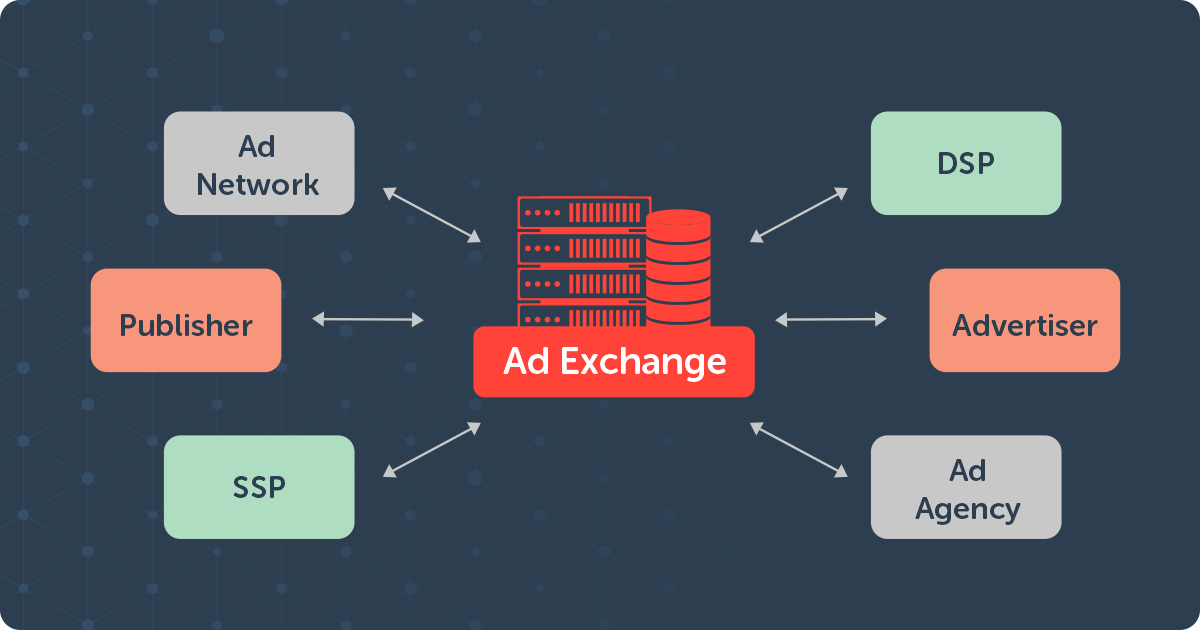
Participation in Ad Exchange
If you wonder how advertisers and publishers traded spaces on so many ad exchanges, the answer is simple. Advertisers use a demand-side platform, while the publisher uses a supply-side platform. A demand-side platform (DSP) allows advertisers to set up and run campaigns on multiple ad exchanges via a single platform.
A demand-side platform provides advertisers with everything they need, from extensive management capabilities to conversion, tracking, and reporting. In addition to that, it allows better optimization based on specific key performance indicators. Popular DSPs are the Google Display and Video 360 (DV360), Trade Desk, MediaMath, Xandr, Roku, and Ad Form.
Supply-side platforms (SSPs) allow publishers to create, manage, and optimize their ad spaces on their websites. In addition to that, an SSP enables publishers to sell ad spaces via various ad exchanges simultaneously. Publishers can also receive revenue performance reports and insights to generate better ad revenue. Popular SSPs are the Google Ad Manager (GAM), Open X, Pubmatic, Rubicon Project and many more.
The Models and Functions
As already mentioned, ad networks are generally the companies that manage the publisher vs. advertiser relationships and help them to get the most from media buying procedures. An ad network is a one-stop-shop solution for publishers, authorizing them to sell inventories at a competitive price. Plus, it assists advertisers with inventories that are clustered by multiple criteria, like, location, user behaviour, or demographics.
Now, ad exchanges (ad.x) are tech platforms open to all supply and demand participants, letting the buy-side, incorporating advertisers, DSPs, agencies, and sell-side, publishers, ad networks, and SSPs participate in the programmatic media buying procedure. Have a look at the diagram for a better understanding.
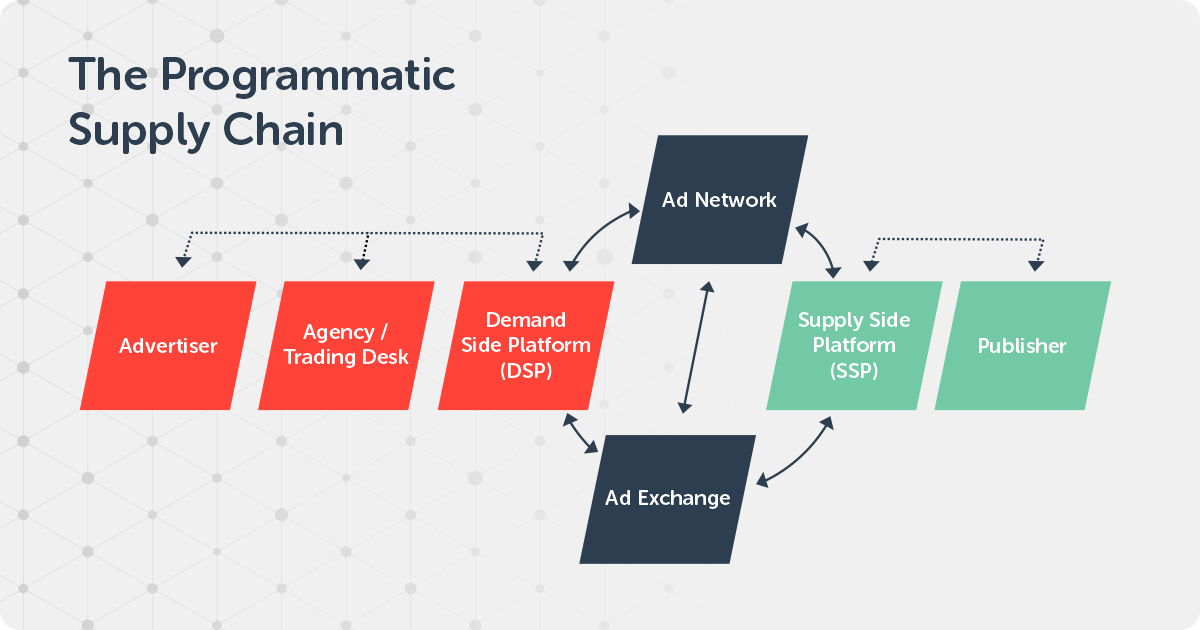
Ad exchange vs. Ad network: What’s the difference?
Here we have gathered the top criteria and a detailed comparison between Ad Exchange vs. Ad Network.
| Criteria | Ad Exchange | Ad Network |
| Function | An open ad marketplace (buying & selling) for all market players | An intermediary or middleman between publishers and advertisers |
| Format | A technology for media buying | A company |
| User/Participants | Publishers, agencies, advertisers, ad networks, DSPs, SSPs, ATDs, other ad exchanges | Publishers, advertisers, or agencies |
| Trade | An impression-per-impression trade | Adheres to bulk selling and buying |
| Transparency | Complete transparency as advertiser knows what publisher they buy inventory from and vice versa | Completely depends on the ad network. Option is there to show where the ads were sold or publisher wise performance |
| Optimization | Automatic optimization | Automatic or manual depending on the network |
| Pricing Status | Cost fluctuates, as it involves a real-time bidding auction | Both publisher and ad network decide the price |
| Benefit for Publisher | Enhanced control over the value of each impression | Less control over pricing and inventory optimization |
AdWords vs. AdSense
There are multiple comparisons floating around in the programmatic world, like DFP vs. AdSense, GAM vs. Google AdSense, Programmatic vs. GDN, and more. Now let’s jump into another most searched comparison amongst the contemporary publishers – AdWords vs. AdSense. Google AdWords (Google Ads) and Google AdSense are two distinct platforms offered by Google that have unconventional use cases. Often, these two terms ‘AdWords vs. AdSense’ are used in the same context, yet they can create confusion if used interchangeably.
Theoretically, the key difference between Google Ads and Google AdSense is that Google AdSense is for publishers, while Google Ads is for advertisers. Google AdWords, aka Google Ads, is a system that allows businesses, companies, or brands to bid for ad space in the SERPs and other Google affiliated properties. Google AdSense is a system that provides website owners and publishers to sell ad space to businesses. Simply put, as an individual, you must pay to use Google Ads, but Google AdSense will earn revenue.
Why do you need Google AdX?

The key reason to add Google Ad Exchange (AdX) is to increase your revenue. With Adx, you can set minimum prices for various ad positions on your site, get access to numerous ad networks, gain more flexibility, and preferred deals.
- Payment terms: NET 21 days
- You should see a 30% – 45% uplift in your existing revenue
Nowadays, ad exchanges and ad networks co-exist as vital parts of the programmatic advertising ecosystem. Looking to integrate Google AdX demand into your monetization stack?
AdSparc will administer the Google application process for you, and during the process, we will provide guidance and direction. Once your website is live, AdSparc will constantly optimize the AdX demand to maximize your return.
If you like to grow constantly, at AdSparc, we advise you to focus on the revenue and user experience as well. Meanwhile, you can set up an ad network to fill the impressions handed down by the ad exchanges. Hence, no loss of revenue and impression. As our client, you can benefit from other multiple AdSparc products to further boost your revenue. If you need any help, reach us anytime.
Also Read: What is Programmatic Direct?

